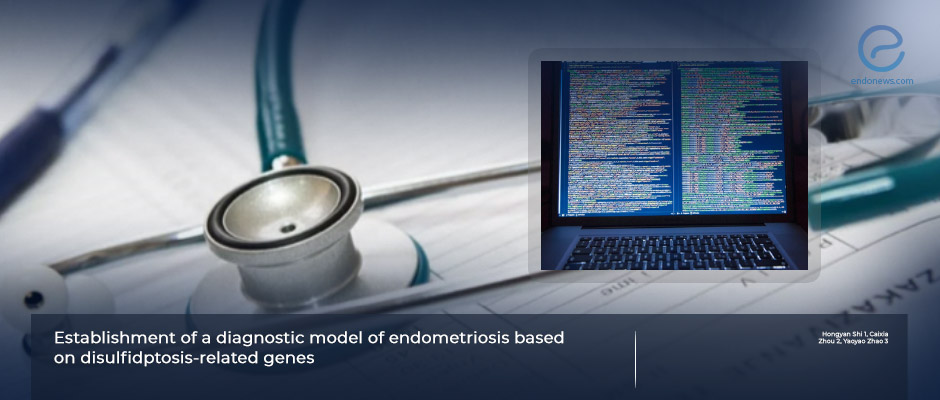New Model Could Help in the Diagnosis of Endometriosis
Nov 6, 2024
Disulfidptosis-Related Genes may be used as Diagnostic Markers for Endometriosis
Key Points
Highlights:
- A new model based on disulfidptosis-related genes (DRGs) seems to could predict endometriosis.
- DRGs are newly discovered programmed cell death family that triggered by disulfide stress.
Importance:
-
This model could improve the diagnosis of endometriosis and accelerate the diagnostic process.
What’s done here:
- Researchers from China analyzed mRNA expression data of endometriosis in the gene expression omnibus database.
- Differentially expressed disulfidptosis-related genes were specifically examined.
Key results:
- The expression of F-box/SPRY domain-containing protein 1 (FBXO45) was decreased; and the expression of transforming growth factor β stimulated protein clone 22 domain family member 4 (TSC22D4 ) was increased in endometriosis.
- Results identified these markers promising as diagnostic biomarkers for endometriosis, particularly when combined.
- Moreover, these biomarkers were found to be significantly correlated with immune cell infiltration.
Lay Summary
Researchers from China established a diagnostic model of endometriosis based on disulfidptosis-related genes.
They said that their diagnostic model was a good predictor of endometriosis.
The team led by Dr. Yaoyao Zhao from the Department of Gynecology, Zhuji People's Hospital of Zhejiang Province in China, used the mRNA expression data from endometriosis patients in the gene expression omnibus database to develop a model. They subjected the data to differential analysis and conducted a co-expression analysis based on 10 disulfidptosis genes.They then subjected the differentially expressed disulfidptosis-related genes to biofunctional analysis. By extracting the intersection, feature possible genes appeared as biomarkers byeceiver operating characteristic curves.. .
By using the above method, they identified transforming growth factor β stimulated protein clone 22 domain family member 4 (TSC22D4), and F-box/SPRY domain-containing protein 1 (FBXO45) as the diagnostic classifiers..The expression of FBXO45 was decreased and that of TSC22D4 was increased.
The researchers also reported that the diagnostic markers were closely correlated with immune cell infiltration.
“The diagnostic markers constructed based on disulfidptosis are good predictors for [endometriosis], which have close correlations with [endometriosis],” they concluded.
Disulfidptosis is a new form of programmed cell death triggered by disulfide stress. Increasing evidence suggests that disulfidptosis-related gene may be involved in endimetriosis.
Research Source: https://pubmed.ncbi.nlm.nih.gov/38644543/
endometriosis diagnosis model disulfidptosis-related genes

